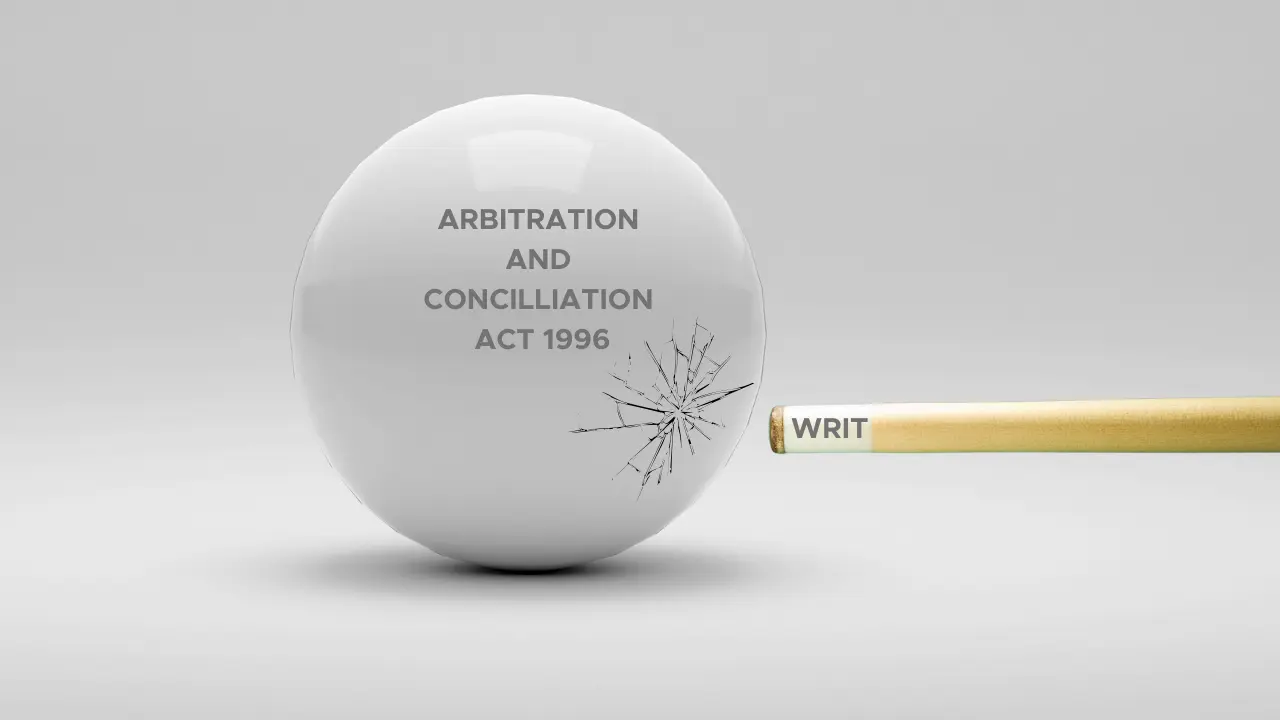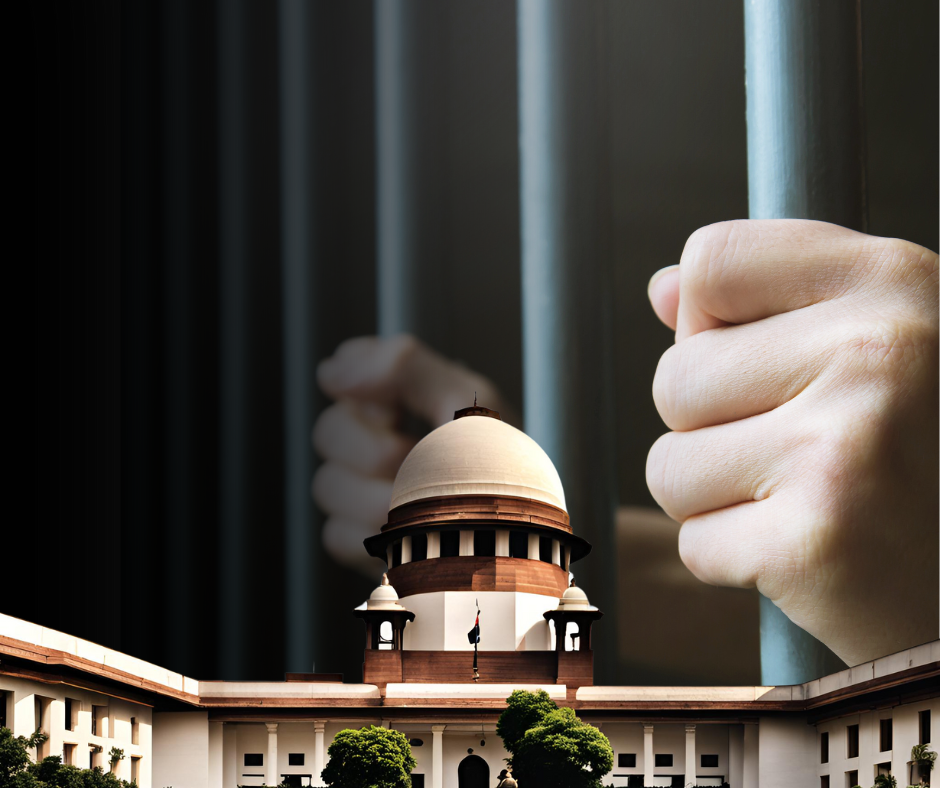Introduction
What determines the true extent of a guarantor’s liability? Is it a simple matter of a stated financial cap, or can the obligation extend further to include costs like default interest and penalties? The legal principles governing this question are not as straightforward as they might appear, and recent judicial pronouncements have offered crucial clarity. At the heart of the matter lies the fundamental principle of contract law: the harmonious construction of a document.
This issue came to the forefront of legal discourse in a recent NCLAT in ICICI Bank Ltd.Versus Seeta Neeraj Shah1, which held that the liability of a guarantor is not restricted to a capped amount, as their liability to discharge repayment obligations and the principal borrower’s liability operate in separate spheres. This decisive stance initiated a broader debate on whether a non-obstante clause, a key element in many guarantee contracts, truly overrides all other provisions.
The legal landscape presents what seem to be two competing views on a guarantor’s liability. On one side, there’s the argument for a strict, literal interpretation of the contract. Proponents of this view, drawing on Supreme Court judgments like Syndicate Bank vs. Channaveerappa Beleri2 (2006) and State of Maharashtra vs. Dr. M.N. Kaul3 (1967), argue that a guarantor’s liability is determined purely by the terms of the contract. This position holds that if a contract explicitly sets a cap, that cap is an absolute ceiling on all liabilities. From this perspective, a clause on default interest is either superseded by the cap or must be read as part of the total capped amount. This viewpoint is often bolstered by the use of a non-obstante clause in a contract. As the Supreme Court explained in Chandavarkar Sita Ratna Rao vs. Ashalata Guram4 (1986), the term “notwithstanding” signifies the overriding effect of a clause, suggesting it should prevail over any other provision. If a non-obstante clause caps liability, isn’t it logical to conclude that this cap is absolute, leaving no room for additional claims?
The alternative, and more nuanced, position is that a contract must be interpreted as a whole, giving due consideration to every clause. This approach, which the NCLAT has recently affirmed, is rooted in the principle of harmonious construction. It posits that a court’s duty is to reconcile seemingly conflicting clauses to give them full legal effect. A landmark Supreme Court case, Radha Sundar Datta vs. Mohd. Jahadur Rahim5 (1959), establishes that where two interpretations are possible, the one that prevents any clause from becoming “nugatory” or meaningless should be adopted.
The NCLAT’s rationale hinges on the idea that the liability cap on the principal debt and the obligation to pay default interest are not in conflict. They address two fundamentally different kinds of defaults. The cap relates to the guarantor’s obligation to pay the principal borrower’s debt upon invocation of the guarantee. In contrast, the default interest obligation is a distinct liability triggered by the guarantor’s own failure to pay within the stipulated time after the guarantee has been invoked. This distinction is crucial. It means the default interest is not part of the initial, capped liability but rather a separate and independent obligation. Thus, a non-obstante clause capping the liability of the principal borrower’s debt does not, by its nature, negate the separate obligation to pay interest for the guarantor’s own delay. This interpretation respects both clauses, fulfilling the requirements of harmonious construction.
Beyond the technicalities of contractual drafting, the NCLAT’s reasoning is grounded in the principle of business efficacy, which insists that contracts be interpreted in a way that makes commercial sense. As articulated in English judgments cited in the appeal, such as Topalsson GmBH Vs. Rolls Royce Motors Car Ltd6., a liability cap on the principal amount doesn’t necessarily include default interest. To argue otherwise would be commercially absurd and would “disincentivise timely non-discharge of guarantee obligations.” This principle has a strong foundation in Indian jurisprudence, with the Supreme Court in cases like Nabha Power Ltd. Vs. Punjab State Power Corporation Ltd7. (2018) and the English courts in Antaios Compania Naviera S.A. Vs. Salen Rederierna A.B.8 (1985) cautioning against interpretations that would undermine the commercial objectives of the parties. Why would a lender agree to a guarantee where the guarantor could endlessly delay payment without penalty, effectively using the capped amount as a free, long-term loan? The NCLAT correctly concluded that such an interpretation would not only be illogical but would also erode the very purpose of a financial guarantee.
Conclusion
The NCLAT’s ruling on the guarantor’s liability marks a significant development in commercial jurisprudence, moving away from a strict, literal interpretation of contractual clauses toward a more holistic and commercially pragmatic approach. By distinguishing between the primary liability of the principal borrower and the independent obligation of the guarantor to pay default interest, the Tribunal has provided much-needed clarity on the enforceability of all terms within a guarantee agreement. This decision underscores the legal principle that a contractual cap, even when buttressed by a non-obstante clause, cannot be used as a shield to evade liabilities that arise from a party’s own default and inaction. The judgment essentially reinforces the idea that a contract must be interpreted in a manner that upholds the business objectives and commercial common sense of the parties involved, preventing a party from gaining an unfair advantage through delayed performance.
This ruling is poised to have considerable ramifications for corporate finance and commercial law. It solidifies the position of lenders, assuring them that a meticulously drafted guarantee agreement will be enforced in its entirety, including clauses related to penalties and default interest. For corporate entities acting as guarantors, the judgment serves as a stern reminder that their obligations are not merely symbolic but carry distinct and separate consequences beyond a stated principal amount. In the future, this may lead to more rigorous negotiation of guarantee agreements, with guarantors seeking to explicitly cap all forms of liability, including default interest, or demanding more favorable terms in exchange for undertaking such risks. The judgment also reinforces the importance of using clear and unambiguous language in all commercial documents to avoid future disputes.
While the ruling provides a clear path forward on this specific issue, it also raises new questions that may require judicial attention. How will courts apply the principle of “separate spheres” to other contractual penalties and obligations beyond default interest? For example, will a guarantor be held liable for legal fees and other recovery costs even if the principal liability is capped? Furthermore, the judgment’s emphasis on “business efficacy” as an interpretive tool could pave the way for a more subjective analysis of commercial contracts in future cases. This raises a fundamental question: to what extent should a court’s interpretation be guided by external commercial realities versus the plain text of the agreement? As the legal and business landscapes evolve, these questions will likely form the basis of future litigation, further shaping the contours of guarantor liability in India.
Citations
- ICICI Bank Ltd.Versus Seeta Neeraj Shah C.P. (IB) No. 119/MB/2021
- Syndicate Bank Vs Channaveerappa Beleri and Ors. (2006) 11 SCC 506
- State of Maharashtra Vs Dr. M.N. Kaul AIR 1967 SC 1634
- Chandavarkar Sita Ratna Rao Vs Ashalata Guram (1986) 4 SCC 447
- Radha Sundar Datta Vs Mohd. Jahadur Rahim AIR 1959 SC 24
- Topalsson GmBH Vs Rolls Royce Motors Car Ltd.[2024] EWCA Civ 1330
- Nabha Power Ltd. Vs Punjab State Power Corporation Ltd. (2018) 11SCC 508
- Antaios Compania Naviera S.A. Vs Salen Rederierna A.B. (1985) A.C.191.
Expositor(s): Adv. Anuja Pandit






